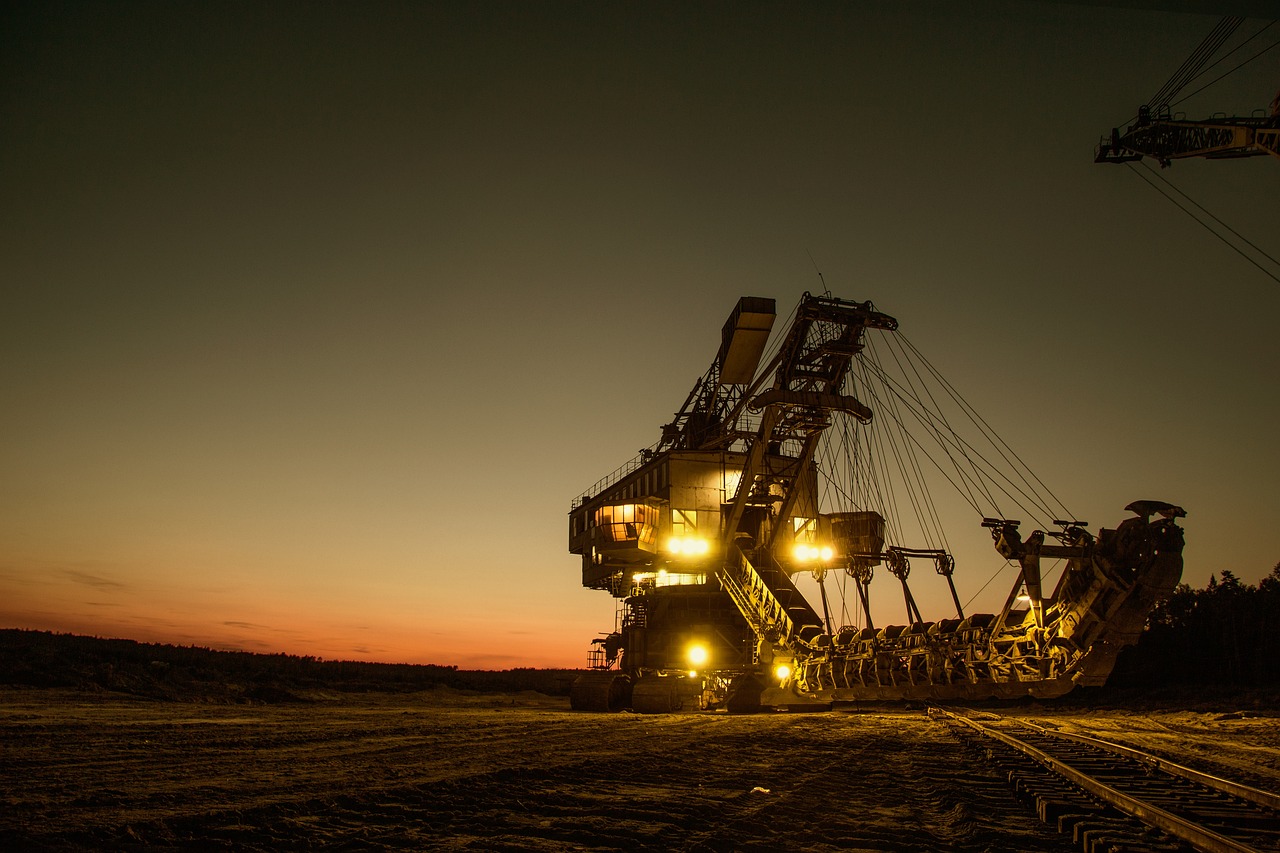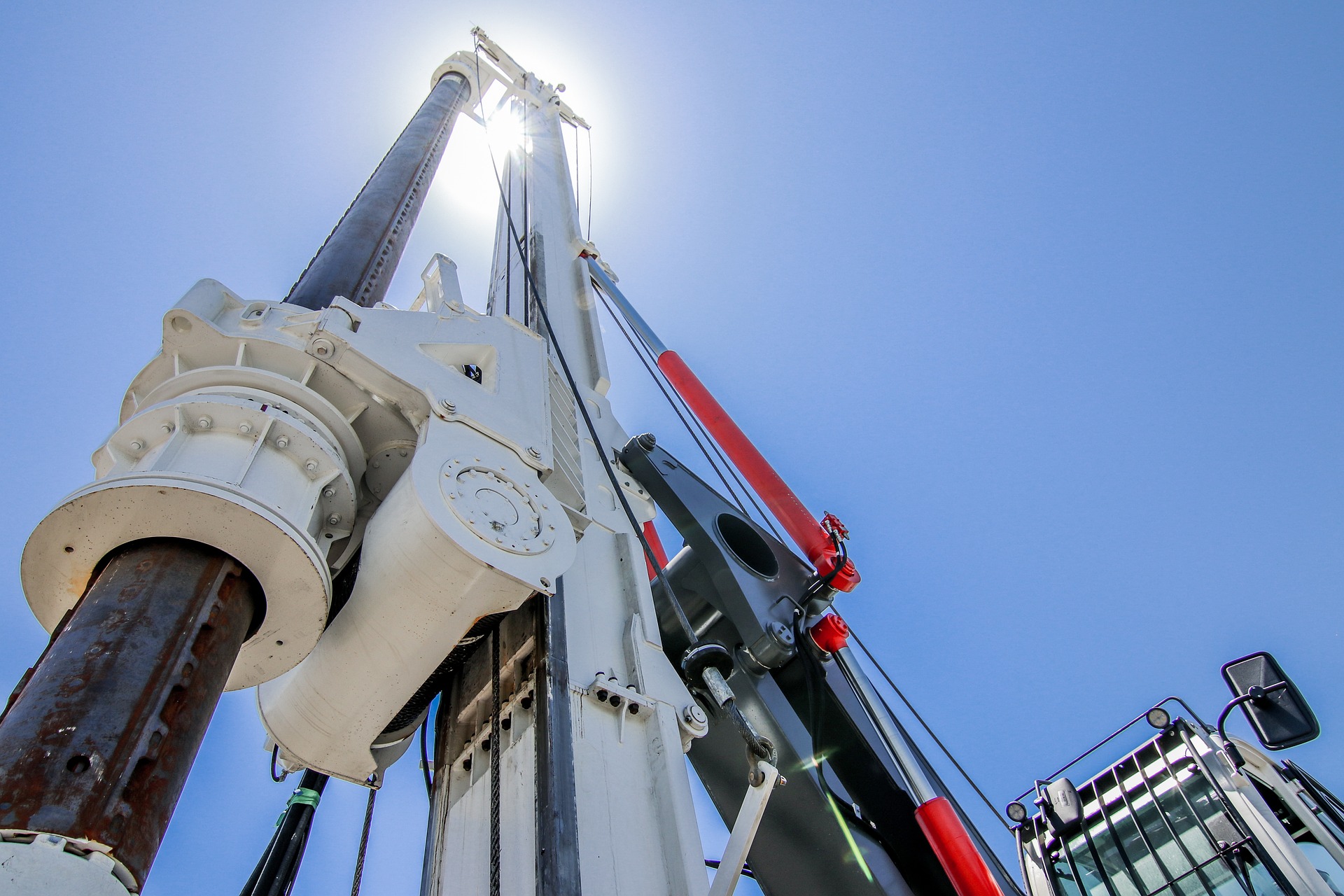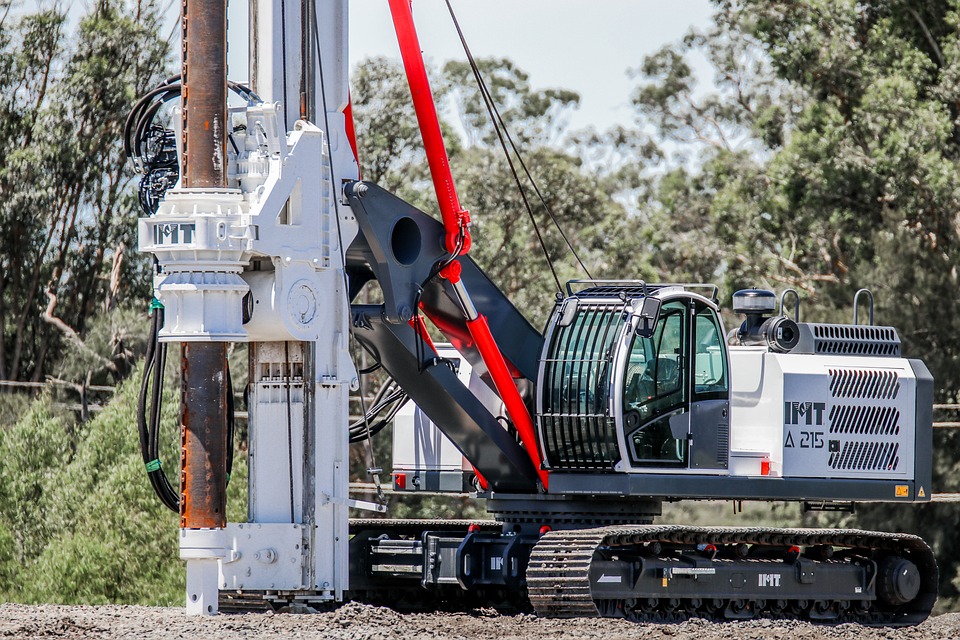Water bore drilling is a process that is used to extract water from underground. This can be done for a variety of reasons, including extracting groundwater for drinking or irrigation, or finding water for use in industrial processes. Water bore drilling can be a complicated process, so it is important to understand the basics before you get started. In this article, we will discuss the three main things you need to know about water bore drilling: what it is, how it works, and the benefits of using this method!
What Is Water Bore Drilling?
The first thing you need to know is what water bore drilling actually is. Essentially, this refers to the process of using special equipment (usually a drill) to extract water from underground. This can involve drilling into aquifers and working around groundwater obstacles such as layers of rock or clay. The process is commonly used for commercial purposes, as well as for private use.
How Does Water Bore Drilling Work?
The process of water bore drilling is actually quite complex. In most cases, a drill will be lowered into the ground by means of heavy machinery or special equipment attached to the end of a cable. The operator can then control the drill by means of a special control unit, which allows them to attach to the desired depth. Once this is achieved, they can begin extracting water from underground sources.
Drilling often involves analyzing local groundwater tables and soil composition prior to starting work. The operator will need to understand how much water is available at different depths in order to effectively extract the appropriate amount of water. Once this is determined, a borehole can be drilled to reach these sources and extract the water for use.
In most cases, groundwater extraction will require additional infrastructure in order to deliver the water that has been extracted from underground sources. Many companies choose to install distributed networks of piping that can collect water at various locations throughout an area and deliver it to a central location where it can be stored. These distributed networks can take many forms, including large-scale distribution piping and smaller private water lines installed in individual properties.
Groundwater extraction also requires regular monitoring of the water quality and levels in order to ensure that the water is safe for use. This monitoring is typically performed by private companies that specialize in this field, or by government agencies that have jurisdiction over the area. Additionally, any water sourced from an underground source must be treated prior to being delivered to consumers. This treatment process often involves filtration and disinfection procedures depending on the specific needs of different areas.
We hope this information on Water Bore Drilling was helpful.






